This game is an ideal game for New Year's Eve and especially for children who are not yet able to read it. Print out the symbol cards and then you can start. In turn, everyone draws a card and paints a symbol. The others guess the term. So children get to know the symbols around the turn of the year. They learn how to use the symbols and you can tell them about the meaning. At the same time, they practice painting and playing together.
Have fun and good luck in the new year.
Media Education for Kindergarten and Hort

Relief in everyday life, targeted promotion of individual children, independent learning and - without any pre-knowledge already usable by the youngest!
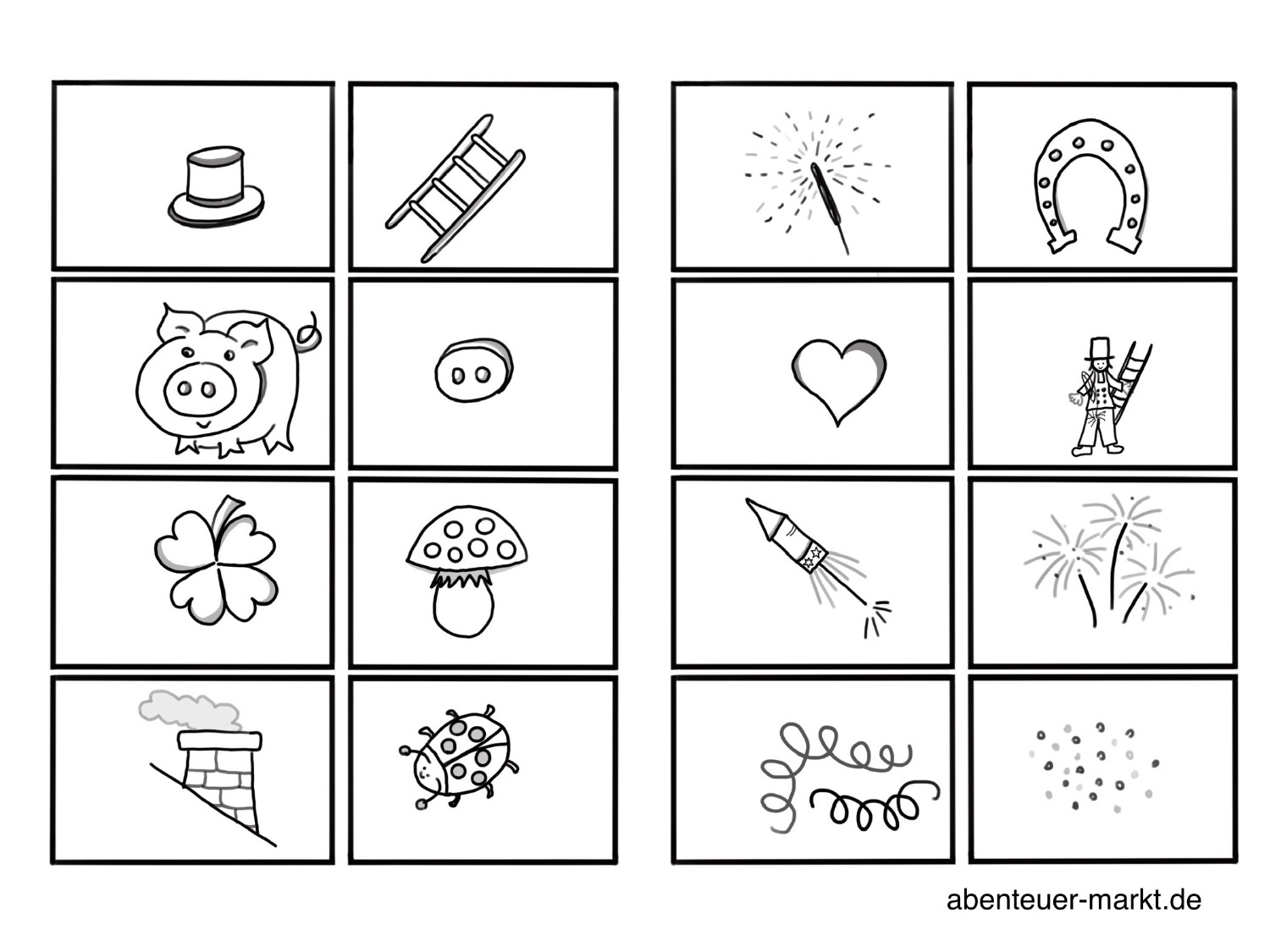
Print out the symbol cards or paint the symbols.
Then cut out the cards and place them face down on a pile in the middle of the table.
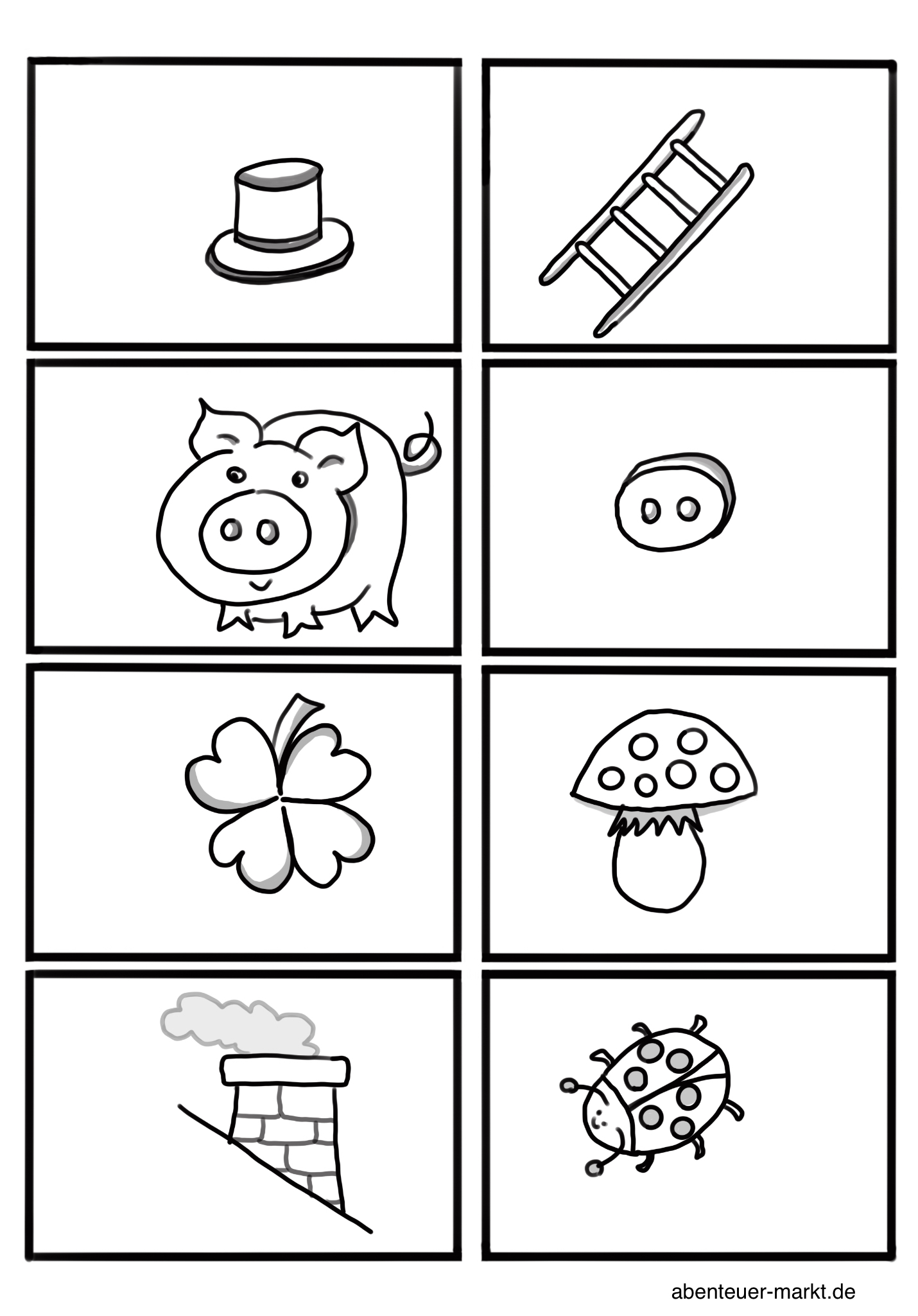
Now the first child pulls the card, looks at the symbol and tries to reach it. Others guess what the child paints.
Then it's the next one's turn.
Tip: Asks why this symbol is a symbol of happiness or is related to New Year's Eve. Do the children have ideas?



Ladybug:
The ladybird became a lucky symbol because he is a master in the fight against pests. He eats about 150 pests (blade and shield lice) per day.
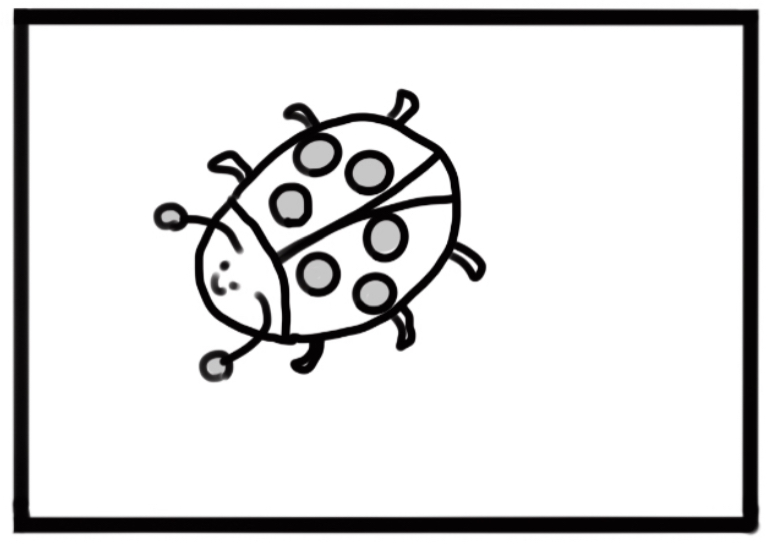


Chimney sweeper:
If you touch a chimney sweeper, it's supposed to bring happiness. This faith comes from the Middle Ages. Because by sweeping the chimneys, the fireplaces became clean and fires could be prevented.
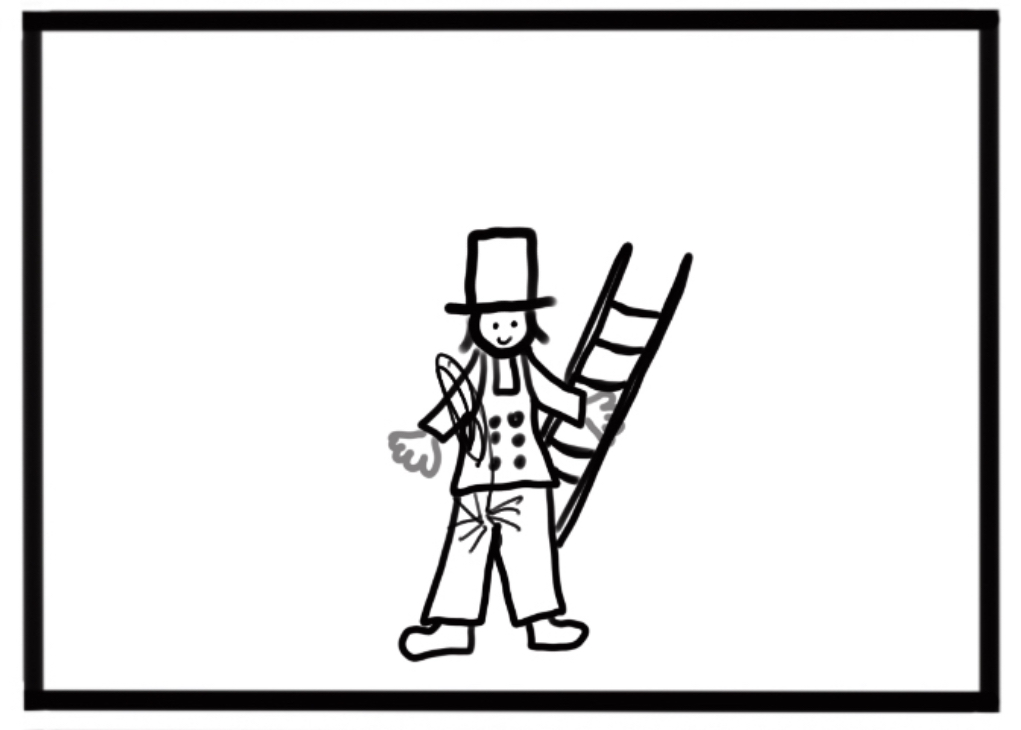


Glücksschein:
The pig stands for fertility and prosperity, because a single pig breeds about 10 piglets. In ancient Egypt the pig was even sacred and was sacrificed to the gods. In the Middle Ages losers were often given a pig at betting games. They had "pig!"



Horseshoes:
The horseshoe has been a lucky symbol since the Middle Ages. Iron was a very valuable material at that time. Since then horseshoes have been said to prevent natural disasters and to keep the devil, witches and vampires away.
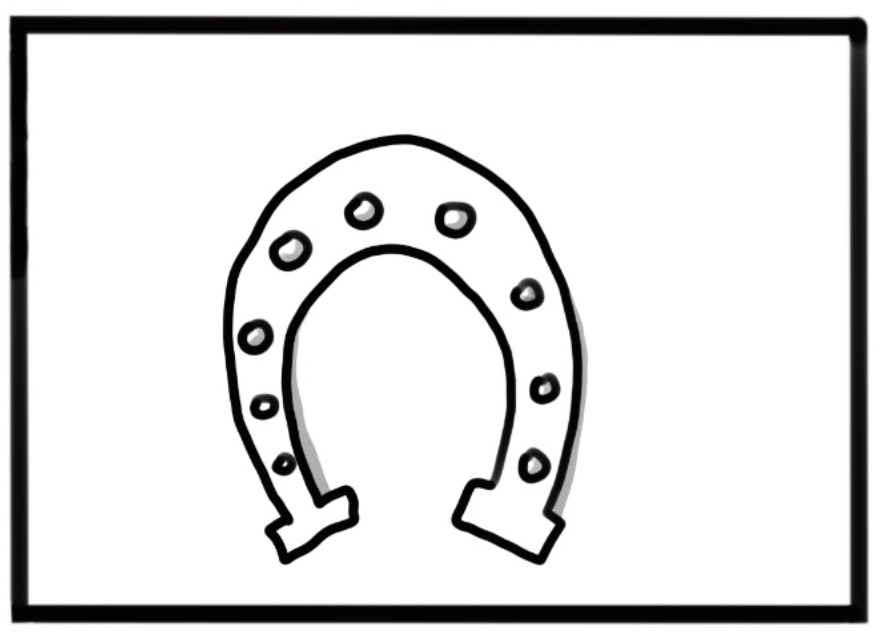


Fly fungus:
The fly fungus is considered a lucky symbol because of its unique combination of colours.



Clover leaf:
The happiness symbol of the clover is from the Bible. Eve took a four-leaf clover as a souvenir from Paradise. Therefore, the owner of a four-leaf clover is said to have a piece of paradise.
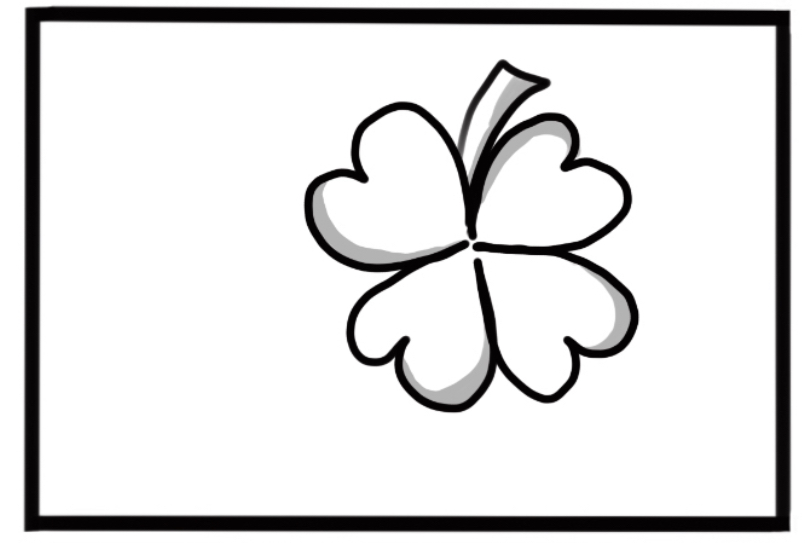


Cylinder:
The cylinder is part of the chimney sweep and as such a lucky charm.



Head:
The ladder is the working tool of the chimney sweeper and is considered with it and often also with a clover leaf together as a lucky symbol.
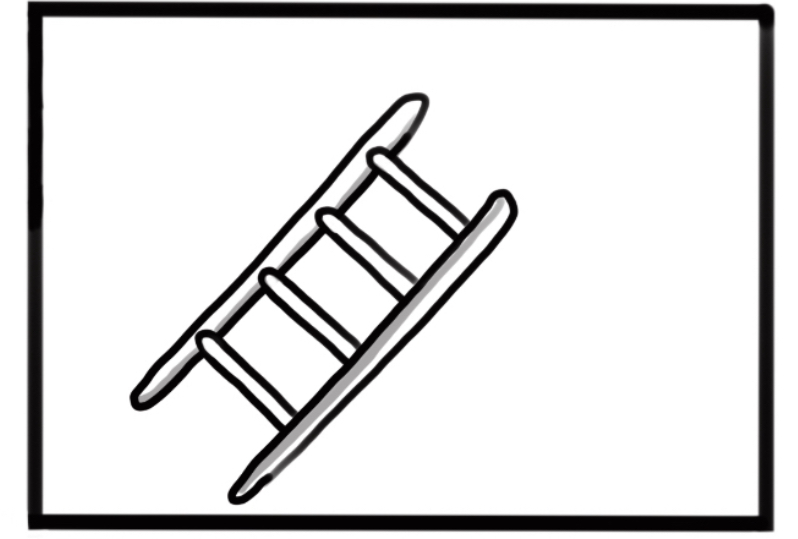


Fireplace / chimney:
see chimney sweeper
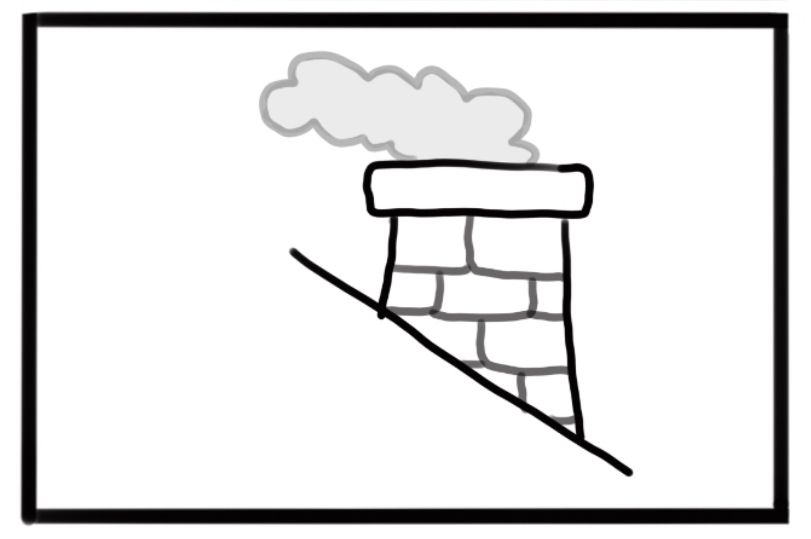


Air snakes:
Air snakes are popular party equipment and are thus also used to beautify a New Year's Eve party.



Confetti:
see snakes of air



Miracle candle:
The candle is one of the smallest fireworks and is often lit on New Year's Eve.
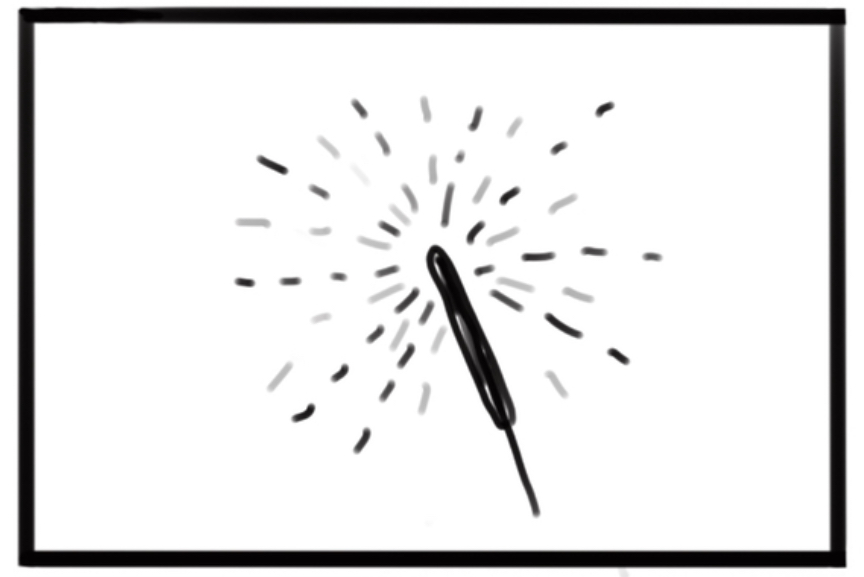


Missile:
Shooting rockets into the air and making fireworks with the explosives is a custom that comes from China. In Germany a fireworks were first lit in 1506.



Fireworks:
The fireworks at midnight and the bell ringing were to expel the evil spirits in pre-Christian times. Today they herald the new year.



Heart:
The heart stands for love and compassion.
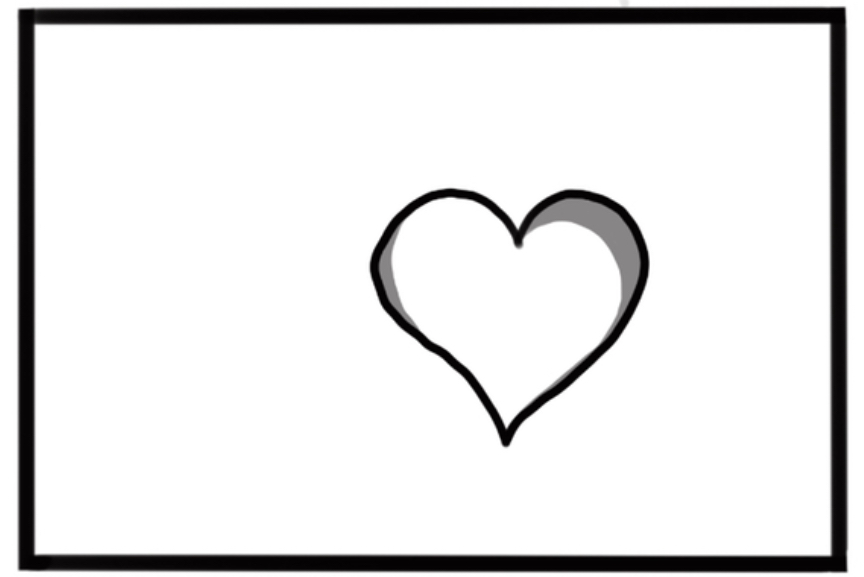


Have fun playing and learning!
Materials
Directions
Print out the symbol cards or paint the symbols.
Then cut out the cards and place them face down on a pile in the middle of the table.



Now the first child pulls the card, looks at the symbol and tries to reach it. Others guess what the child paints.
Then it's the next one's turn.
Tip: Asks why this symbol is a symbol of happiness or is related to New Year's Eve. Do the children have ideas?



Ladybug:
The ladybird became a lucky symbol because he is a master in the fight against pests. He eats about 150 pests (blade and shield lice) per day.



Chimney sweeper:
If you touch a chimney sweeper, it's supposed to bring happiness. This faith comes from the Middle Ages. Because by sweeping the chimneys, the fireplaces became clean and fires could be prevented.



Glücksschein:
The pig stands for fertility and prosperity, because a single pig breeds about 10 piglets. In ancient Egypt the pig was even sacred and was sacrificed to the gods. In the Middle Ages losers were often given a pig at betting games. They had "pig!"



Horseshoes:
The horseshoe has been a lucky symbol since the Middle Ages. Iron was a very valuable material at that time. Since then horseshoes have been said to prevent natural disasters and to keep the devil, witches and vampires away.



Fly fungus:
The fly fungus is considered a lucky symbol because of its unique combination of colours.



Clover leaf:
The happiness symbol of the clover is from the Bible. Eve took a four-leaf clover as a souvenir from Paradise. Therefore, the owner of a four-leaf clover is said to have a piece of paradise.



Cylinder:
The cylinder is part of the chimney sweep and as such a lucky charm.



Head:
The ladder is the working tool of the chimney sweeper and is considered with it and often also with a clover leaf together as a lucky symbol.



Fireplace / chimney:
see chimney sweeper



Air snakes:
Air snakes are popular party equipment and are thus also used to beautify a New Year's Eve party.



Confetti:
see snakes of air



Miracle candle:
The candle is one of the smallest fireworks and is often lit on New Year's Eve.



Missile:
Shooting rockets into the air and making fireworks with the explosives is a custom that comes from China. In Germany a fireworks were first lit in 1506.



Fireworks:
The fireworks at midnight and the bell ringing were to expel the evil spirits in pre-Christian times. Today they herald the new year.



Heart:
The heart stands for love and compassion.



Have fun playing and learning!
Follow us on Facebook , Instagram and Pinterest
Don't miss any more adventures: Our bottle mail







